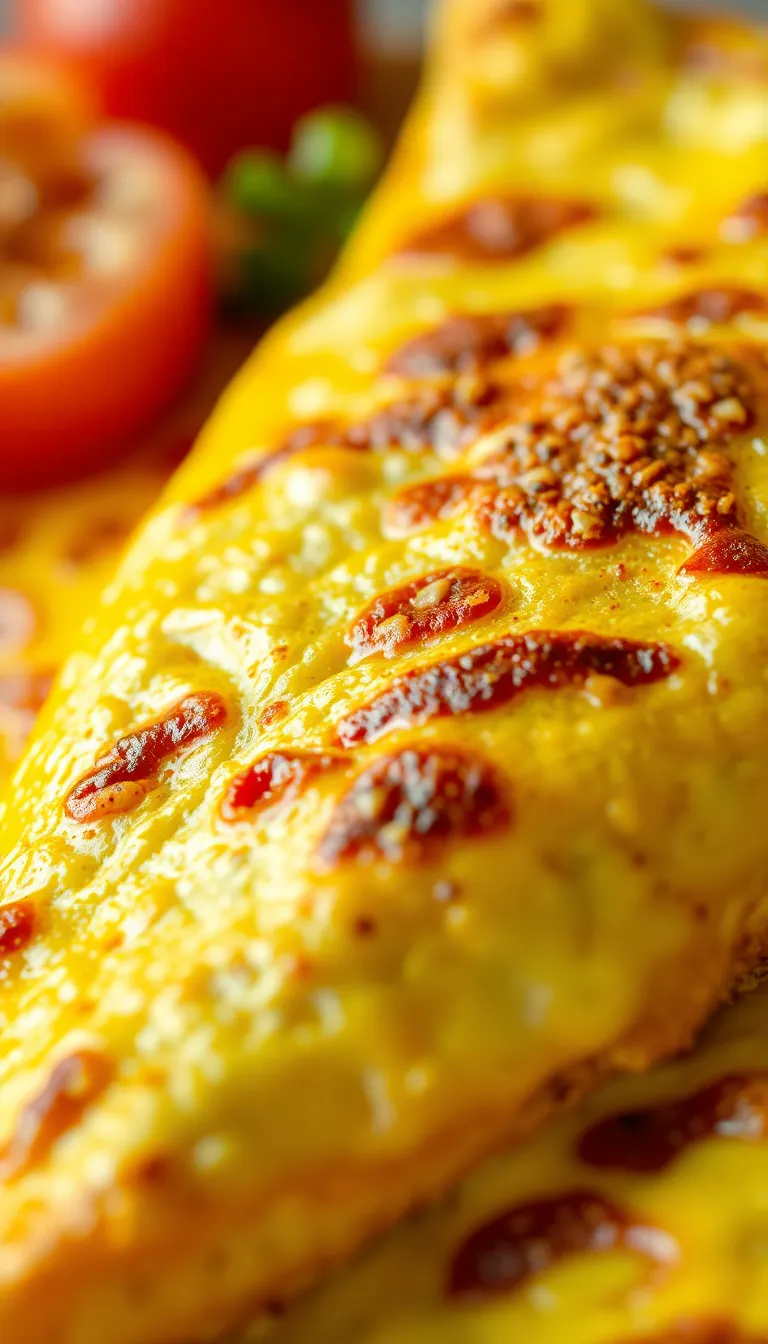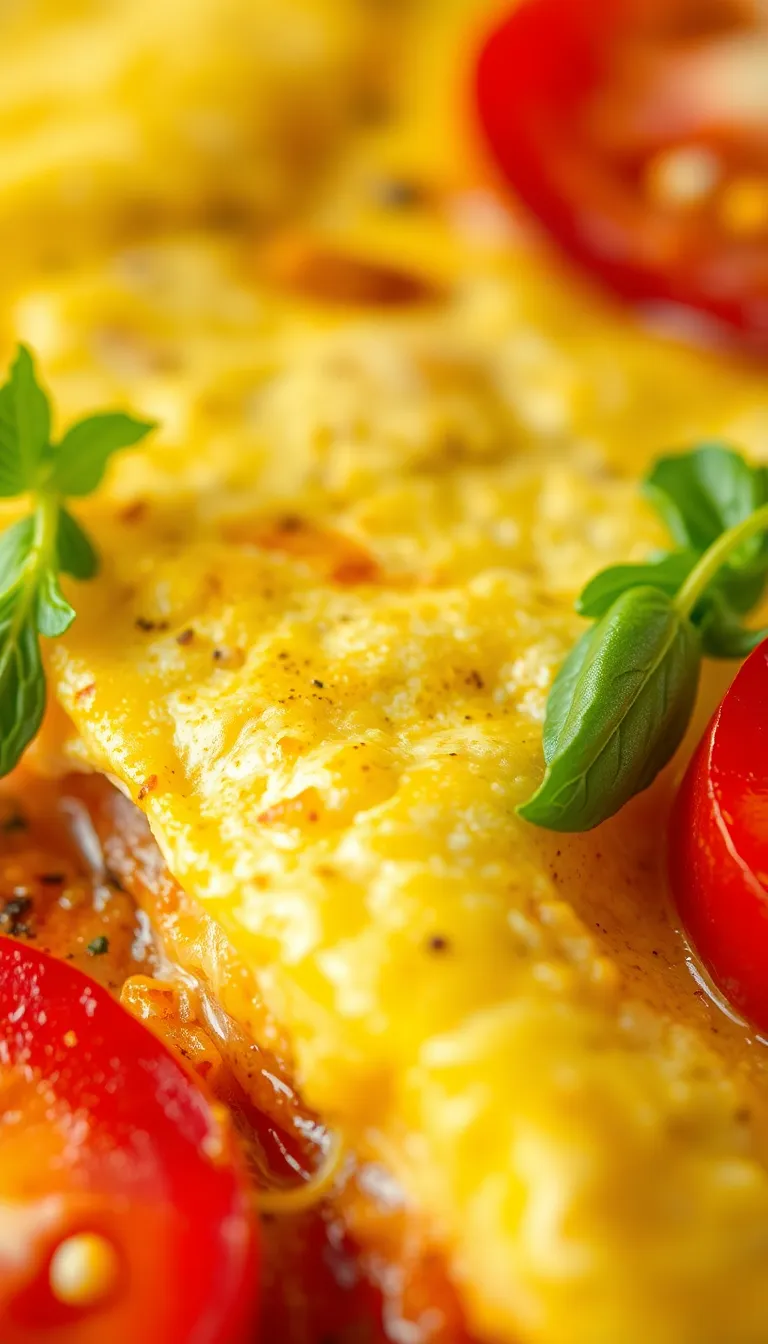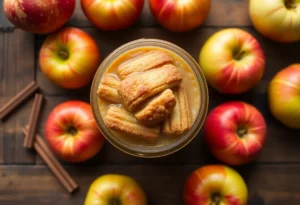You’ve had omelettes before. Dry, rubbery, stuffed with enough cheese to choke a cow. But a French omelette?
That’s a different beast. Silky, buttery, and barely set—like eggs wearing a tuxedo. It’s the breakfast of champions, the flex of home cooks, and the reason French chefs smirk when you order “just an omelette.”
Why does this simple dish intimidate so many people?
Because most screw it up. Overcooking, overstuffing, overcomplicating. But here’s the good news: You’re about to learn how to nail it.
No fancy tools, no Michelin-star ego—just eggs, butter, and a little patience. Ready to upgrade your breakfast game?
Table of Contents
Why This Recipe Works

A French omelette isn’t just eggs; it’s a texture masterpiece. The outside stays smooth, the inside stays creamy, and the whole thing cooks in under 3 minutes.
The secret? Low heat, constant stirring, and stopping before you think it’s done. Unlike its overcooked American cousin, this omelette stays tender because it’s barely set—like a custard with dignity.
It’s also stupidly versatile.
Eat it plain, add herbs, or fold in a whisper of cheese. No heavy fillings, no chaos—just elegance on a plate. And if you’ve ever wanted to impress someone without actually trying?
This is your move.
Ingredients (Yes, It’s Really This Simple)
- 3 large eggs (fresh, because stale eggs taste like regret)
- 1 tbsp unsalted butter (don’t you dare use margarine)
- Salt and pepper (to taste, but don’t under-season—eggs are bland)
- Optional: Fresh chives, parsley, or a sprinkle of grated Gruyère
How to Make a French Omelette: Step-by-Step

- Beat the eggs: Crack them into a bowl, add a pinch of salt and pepper, and whisk until fully blended. No streaks, no laziness.
- Heat the pan: Use a nonstick skillet (8-inch is ideal) over medium-low heat. Melt the butter until it foams but doesn’t brown.
- Pour and stir: Add the eggs.
Immediately start stirring with a rubber spatula in small circles. Keep the eggs moving—this prevents scrambling.
- Let it set: When the eggs are mostly cooked but still wet (about 1-2 minutes), stop stirring. Tilt the pan to spread the eggs evenly.
- Fold and roll: Use the spatula to fold one edge toward the center, then roll the omelette into a neat cylinder.
Slide it onto a plate seam-side down.
- Finish: Brush with a little extra butter if you’re feeling fancy. Garnish with herbs or cheese. Serve immediately.
How to Store Leftovers (But Why Would You?)
Let’s be real: A French omelette is best eaten fresh.
But if you must save it, wrap it tightly in plastic and refrigerate for up to 1 day. Reheat gently in a skillet—microwaving turns it into rubber. Pro tip: Just make a new one.
It takes 3 minutes.
Why You Should Make This Every Morning

Besides the obvious (it’s delicious), a French omelette is high-protein, low-carb, and packed with nutrients. Eggs have vitamins B12 and D, plus choline for brain health. It’s also faster than waiting in line for overpriced avocado toast.
And let’s talk about skill-building.
Mastering this omelette means you’ve leveled up your cooking instincts—heat control, timing, and texture. Next stop: soufflés. Or at least better scrambled eggs.
Common Mistakes (Don’t Be That Person)
- High heat: Burnt outside, raw inside.
Medium-low is your friend.
- Overcooking: The eggs should look underdone when you take them off the heat. Carryover cooking exists.
- Overstuffing: This isn’t a Denny’s Grand Slam. Keep fillings minimal.
- Not stirring enough: Lazy stirring = scrambled eggs, not an omelette.
Alternatives for the Rebel Cook

Want to mix it up?
Try these twists:
- Herb bomb: Add tarragon, chervil, or fines herbes for a classic French vibe.
- Cheesy: Fold in a tablespoon of Brie or goat cheese for extra richness.
- Spicy: A dash of hot sauce or cayenne pepper wakes up the flavor.
- Sweet: Skip the salt, add a sprinkle of sugar, and top with jam. Yes, really.
FAQs (Because People Always Ask)
Can I use oil instead of butter?
Technically, yes. But butter adds flavor and richness.
If you’re avoiding dairy, use ghee or a neutral oil—just don’t expect the same magic.
Why is my omelette sticking?
Your pan’s too hot, you didn’t use enough butter, or your nonstick coating is dead. Invest in a decent pan.
Can I make this vegan?
Not really. Egg substitutes won’t give the same texture.
IMO, just eat tofu scramble and call it a day.
How do I know when it’s done?
When the eggs are mostly set but still slightly wet. They’ll finish cooking on the plate. Trust the process.
What’s the difference between French and American omelettes?
French: Soft, creamy, minimal fillings.
American: Dense, fully cooked, stuffed like a Thanksgiving turkey.
Final Thoughts
The French omelette is a lesson in simplicity. It’s fast, elegant, and almost impossible to mess up once you get the rhythm. And if you do?
Who cares. It’s just eggs. Toss it and try again.
So grab a skillet, channel your inner Julia Child, and make breakfast that doesn’t suck.
You’ve got this. (Probably.)



